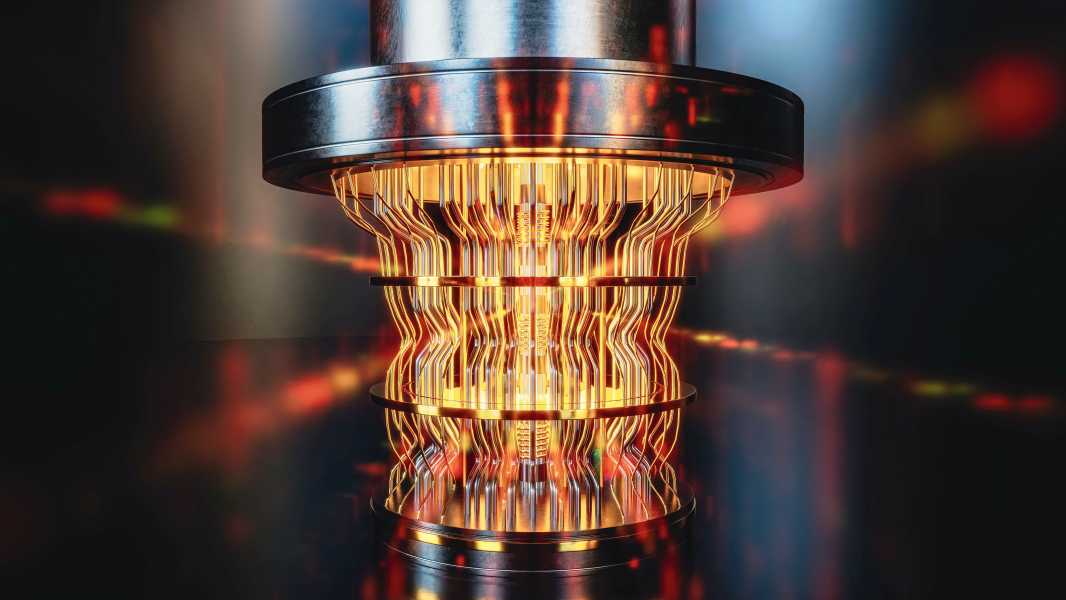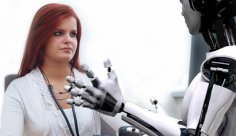
Research in drug discovery and materials science, which currently use the fastest classical computers, are two examples of potential uses for quantum computers. (Image credit: bpawesome/Getty Images) Jump to:
Quantum computers are often touted as the future of computing. They rely on the principles of quantum mechanics—the amazing behavior of particles at the subatomic level—to process data. At the moment, quantum computers are too small, too difficult to maintain, and too error-prone to compete with today’s most powerful classical computers. However, many experts predict that quantum computing could outperform classical computing for certain tasks in the future.
The technologies that support quantum computing have advanced rapidly in recent years. In the future, they will be able to solve problems that are too complex for even the most powerful conventional computers today. This significant increase in computing power could open up new horizons for a variety of exciting applications, including pharmaceuticals, climate modeling, and manufacturing, all of which require highly complex simulations.
Everything You Need to Know About Quantum Computers What is the difference between quantum and classical computing?
Classical computers process data using binary bits, which can be in one of two states – 0 or 1. The bits are encoded on transistors, which can be made of silicon, germanium, or other semiconductors.
Quantum computers use particles such as electrons or photons that act as quantum bits, or qubits, which are a superposition of 0 and 1 — meaning they can be in multiple states at once. The amazing laws of quantum physics also suggest that qubits can be entangled, where the states of multiple qubits are interconnected, regardless of the distance between them.
How do quantum computers work?
Quantum computers have a distinctive structure that resembles a chandelier. This structure includes many interconnected tubes and wires that contain the various layers of the computer. Most quantum computers are connected to massive, powerful refrigerators that cool the processors to near absolute zero to minimize thermal noise and vibration. Although the architecture of quantum computers can vary, they typically include the following components.
Quantum Data Plane: The quantum data plane contains qubits and is where data is processed using quantum gates. Some qubits are made from solid superconductors cooled to temperatures close to absolute zero. Others use electromagnetic fields to trap ions or charged atoms that act as qubits in high-vacuum chambers. The vacuum reduces interference from vibrations and stabilizes the qubits.
Control and Measurement Plane: The control and measurement plane converts digital signals from the processor using classical computing into analog signals used in the quantum data plane.
Control and Host Processor Plane: This plane and host processor implement quantum algorithms, which are a sequence of operations designed to be executed on a quantum computer. Once a quantum computation is completed, the host processor sends a classical digital signal to the control and measurement plane.
Quantum software: To transfer the processor output to the control and measurement plane, another element is needed: quantum software, consisting of quantum algorithms.
Sourse: www.livescience.com





